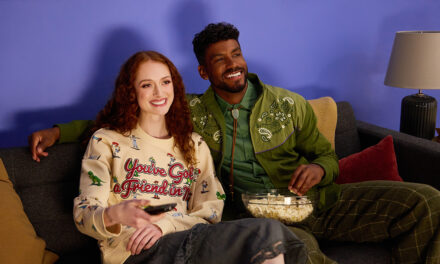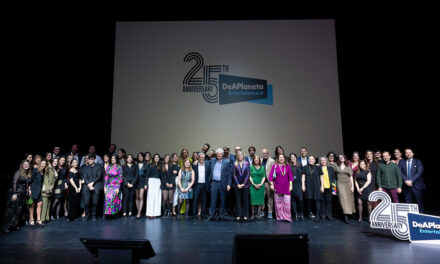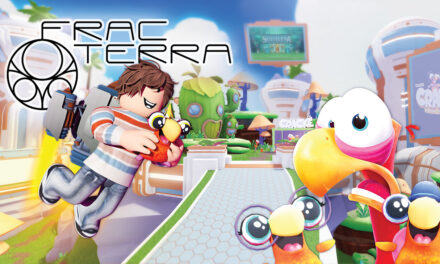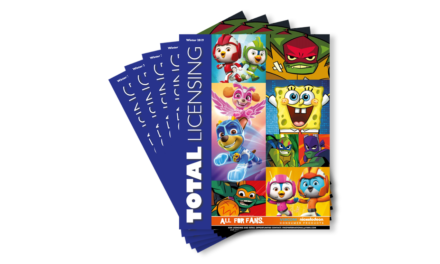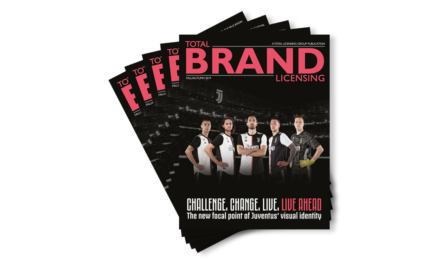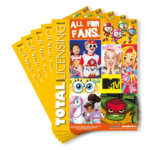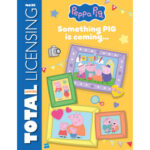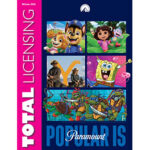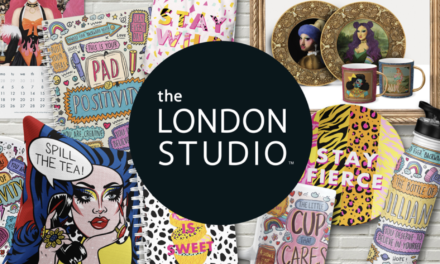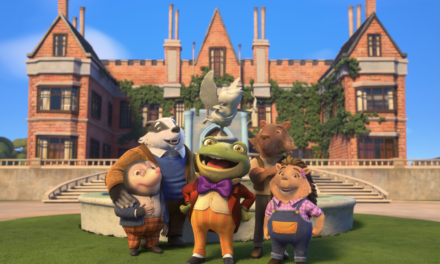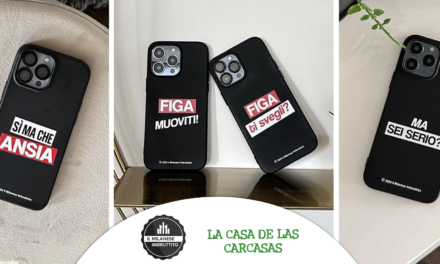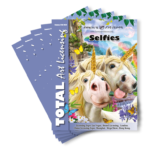
Mattel Introduces First Blind Barbie Doll
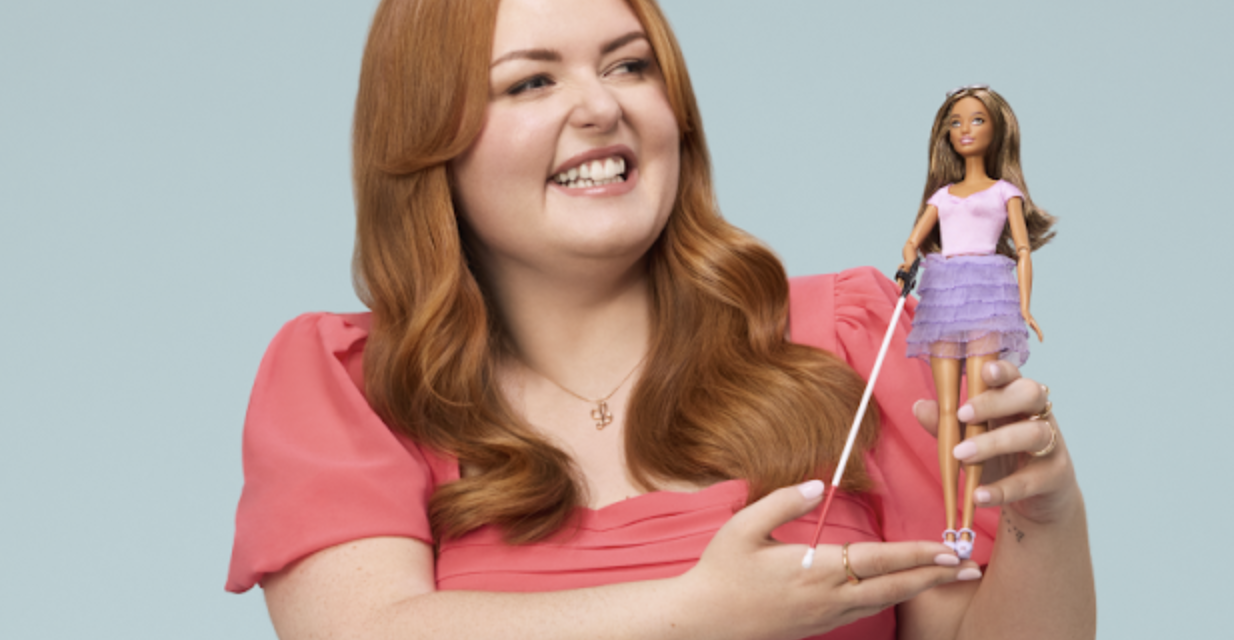
Mattel Inc.’s Barbie brand launches the first blind Barbie doll. British broadcaster and disability activist Lucy Edwards who lost her sight at 17 features in a campaign with the new doll, created to allow even more children to find a doll that represents them and inspire all children to tell more stories through play.
Barbie partnered with the American Foundation for the Blind (AFB), an organisation dedicated to creating a world of endless possibilities for individuals with blindness and low vision, to ensure details of the blind Barbie doll, including face sculpt, fashion, accessories, packaging experience, and e-commerce communication, accurately depict individuals with blindness or low vision. Counselled by AFB, Barbie was committed to represent individuals with blindness and low vision throughout all stages of the design process, from the doll’s sculpt to the dress pattern:
- Accessories: The doll comes with a white and red cane with an identifiable marshmallow tip and includes stylish and functional sunglasses. With some blind or low-vision individuals sensitive to light, the lens provides additional eye protection.
- Elbow Articulations: The blind Barbie doll includes elbow articulations to ensure comfortable cane use.
- Textured and Vibrant Fabrics: Barbie conducted testing with blind and low-vision children to ensure that the doll provided an accessible and satisfying play experience for kids with blindness or low vision. With AFB’s guidance, Barbie designed the doll’s fashion to include a satiny pink blouse with a textured ruffle skirt for tactile interest. Additional details include a brightly coloured high-contrast hook and loop fasteners for closure on the back of the doll’s top, as well as an elastic skirt waistband to make swapping outfits easier.
- Packaging and Design: Barbie worked with AFB to create accessible packaging for the doll, including the placement and writing of ‘Barbie’ in braille on the package.
- Eye Gaze: The doll is designed with an eye gaze facing slightly up and out to accurately reflect the sometimes-distinct eye gaze of a blind individual.
Lucy Edwards met the blind Barbie doll for the first time on a fashion shoot and said “To see the most well-known doll in the world introduce a blind Barbie makes me feel so seen. As a teenager, I felt isolated by losing my eyesight and not seeing role models like me. I was embarrassed by my cane – but knowing Barbie had a cane would have made me feel so differently about mine and helped me feel less alone on my journey to accept and embrace my blindness. It means everything to me.”
Lucy lost sight in her right eye at 11 years old, before losing her full eyesight at 17 to a rare genetic disease named Incontinentia Pigmenti. Having had no one to look up to that reflected her experience, Lucy made it her mission to share her journey with the world. Lucy started posting her life living with blindness to social media as a teen and began an award-winning broadcasting career at age 20. Lucy strives to create a world where diversity is celebrated and recognised as a normal aspect of life. She authored her debut book ‘Blind, Not Broken’ in March 2024, has a children’s novel ‘Ella Jones vs. The Sun Stealer’ releasing next year, and actively devotes time to those who, like her younger self, lacked role models, through posting on her online platforms.
In the UK, Barbie consulted Royal National Institute of Blind People (RNIB). Debbie Miller, Director of Customer Advice & Support at the Royal National Institute of Blind People, said: “Barbie is all about joy – about discovering and understanding the world through play – and it’s wonderful to think that children with a vision impairment can now play with a Barbie that looks like them. We’re so pleased with the details that have gone into designing this new Barbie, the tactile clothes as well as the cane and the sunglasses. It’s an acknowledgment that not everyone can see well, which means a lot to the blind and partially sighted community. This is a positive step forward in helping children and adults with sight loss feel like they belong and are recognised.”
In addition to the introduction of the first blind Barbie doll to the Barbie Fashionistas 2024 lineup, this year, Barbie once again partnered with the National Down Syndrome Society (NDSS) to introduce its next doll with Down’s syndrome to the Barbie Fashionistas 2024 lineup.
“We recognize that Barbie is much more than just a doll; she represents self-expression and can create a sense of belonging,” said Krista Berger, Senior Vice President of Barbie and Global Head of Dolls. “We proudly introduce a new blind Barbie doll and Black doll with Down syndrome to our Barbie Fashionistas line, reinforcing our commitment to creating products that represent global belonging and inclusivity in the doll aisle.”
In 2023 Barbie introduced the first-ever Barbie doll with Down syndrome, which won the Corporate Social Responsibility Initiative of the Year award presented by the Toy Association. Throughout all stages of the design process, Barbie and NDSS worked together to ensure the Black Barbie doll with Down syndrome accurately reflected and resonated with members of the Down syndrome community. NDSS connected Barbie with a focus group of Black individuals from the Down syndrome community, including a young Black woman with Down syndrome, to review the dolls sculpt, hair, fashion and glasses:
- Sculpt: Barbie collaborated with the NDSS to accurately represent physical characteristics of people with Down syndrome including a shorter frame, longer torso and low muscle tone. Additionally, the doll’s palms include a single line, a characteristic often associated with those with Down syndrome. Special care was put into the face sculpt, featuring a rounder shape, smaller ears, and a flat nasal bridge. The eyes are slightly slanted in an almond shape while white dots can be seen in the iris.
- Hair: The doll has a braided hair texture which was one of the key features asked from the Black Down syndrome community.
- Fashion: Symbols are incorporated throughout the doll’s outfit, and the blue and yellow color palette represents Down syndrome awareness. The three arrows in some of the hearts on the dress, represent the third 21st chromosome that individuals with Down syndrome have.
- Glasses: The doll also wears pink eyeglasses, representing individuals with Down syndrome who often experience difficulties with their vision.
Doll play has proven to help develop empathy and social processing skills among children, fuelling social skills needed to excel in their futures as they imagine they can be anything. As the brand’s most diverse doll line, the Barbie Fashionistas series offers more than 175+ looks in a variety of skin tones, eye colours, hair colours and textures, body types, disabilities and fashions. This includes dolls with vitiligo, dolls that use a wheelchair or a prosthetic limb, a doll with hearing aids and a doll without hair. The 2024 Fashionistas dolls aim to advance Barbie’s continued goal of reflecting a multi-dimensional view of beauty and fashion, allowing more children to see their world reflected through play.
“We are delighted to introduce these dolls in partnership with the American Foundation for the Blind and National Down Syndrome Society to further our mission for every young girl to feel represented and celebrated through Barbie.” Berger continued.

